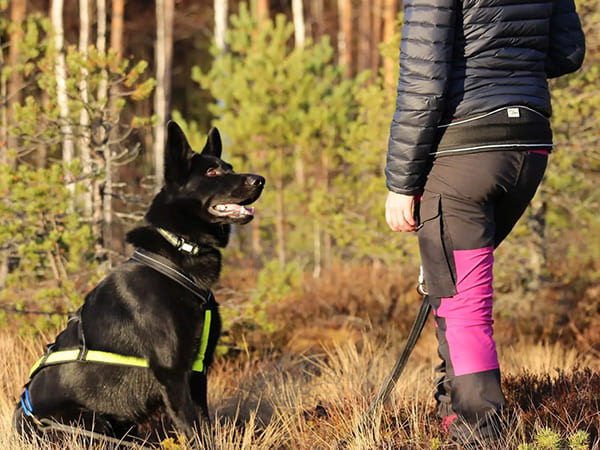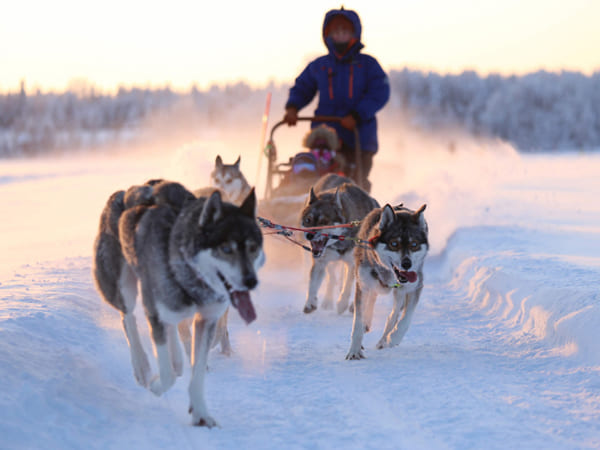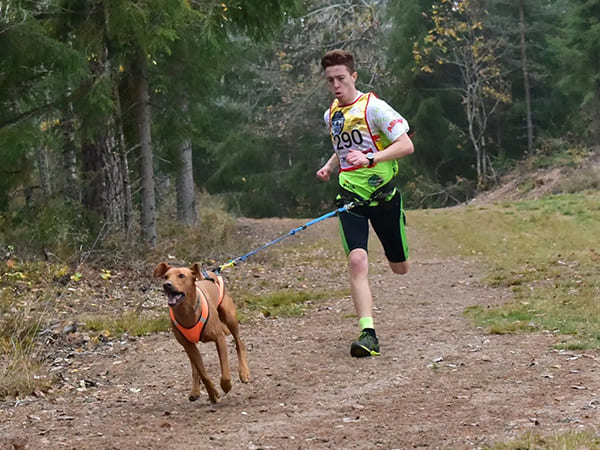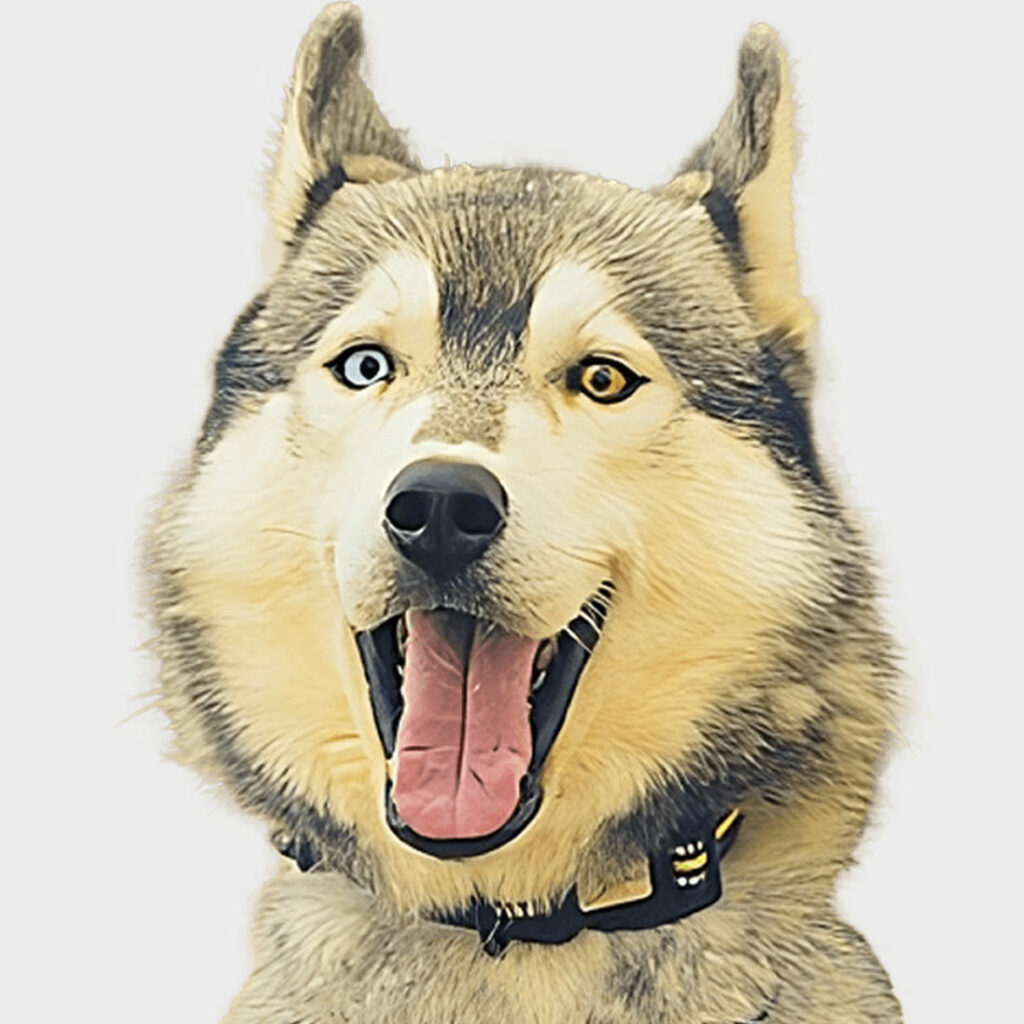Many training principles are specific to the type of activity in which your dogs will be involved. Other variables include climate, terrain, age of the dog, breed of the dog, etc. All forms of mushing, with all the different variables, are wonderful ways of forming a close bond with your dogs.
In general, training can be separated into two categories: education and physical conditioning. When you are planning your training schedule, consider your goals and your dogs’ abilities. Simply counting miles, for instance, can be deceptive. The type of conditions that the dogs encounter are important too, i.e. steep hills, trail-breaking in heavy snow, extreme temperatures or wind. New mushers should consult books and experienced mushers for help, but also use common sense. Think about what your dogs have been trained to do and do not allow them to get carried away in their enthusiasm to run. Never ask your dogs to do more than you are reasonably certain they can accomplish.
Do not expect your dogs to do more than they are ready for. Watch each individual. Dogs work as a team but they have individual needs and abilities. Don’t be afraid to be conservative and don’t worry about how far other mushers are taking their dogs. Never push a dog to go any farther or faster than it is capable of going.
Have fun and build relationships with your dogs. Small teams are better for training.
Start your fall training season with small, easily controlled teams and short runs, perhaps only ¼ to 3 miles in length. Early season runs may require frequent rest stops. Decrease the number of rest stops and gradually increase mileage in subsequent runs as the dogs get stronger and fitter. If you have run the same distance over repeated training sessions and the dogs are finishing strong and happy, it is time to move up to the next level. In early fall training, don’t push the speed too much. The dogs’ muscles are not well-toned yet and it is easy to injure them. The goal of early training is to build up the dog’s muscle structure to prevent injury later in the season.
Any training schedule must include rest days to allow time to build muscle. You might run a dog every other day, or run two days followed by a day off. Water (or broth) your dogs when you return from a run, and check for worn pads, especially if they are running on gravel or pavement.
Once you are working on snow, continue to build slowly to the distance and speed of your choice. Always check each dog’s feet and provide plenty of water or broth. It is not good enough to let them bite snow for their fluids. Detecting injuries or illnesses early can keep your team healthy and working all season. Check each dog over carefully at least once a week. Knowing each dog’s “healthy” condition will make it easy to detect changes. Consult with your veterinarian or another expert if you suspect problems.








